Teaching Handwriting in Reception
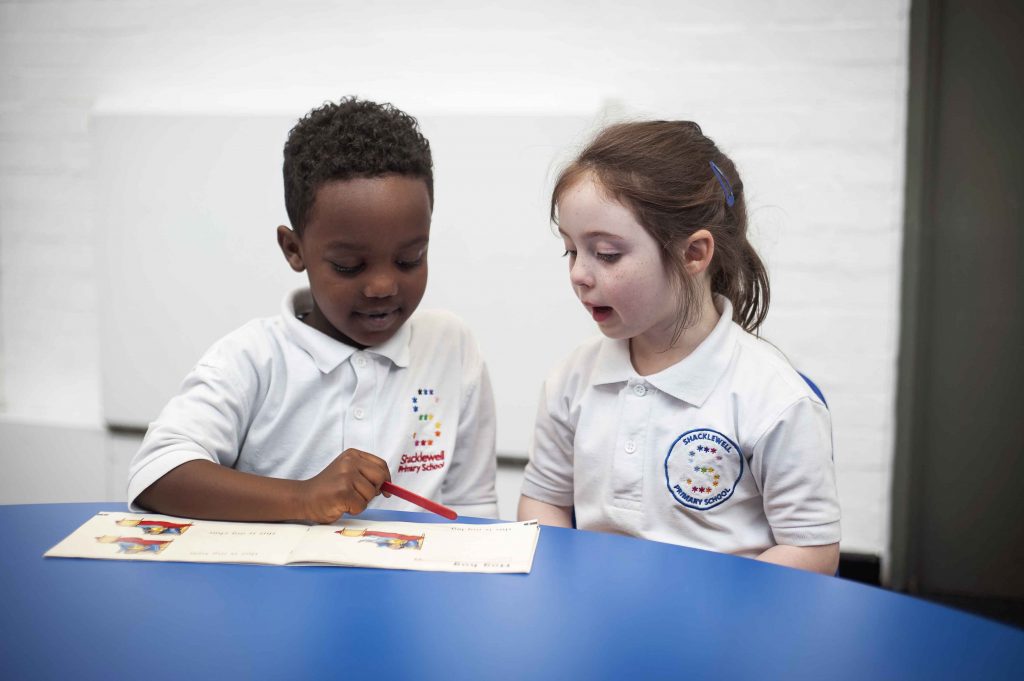
In Reception, every child benefits from daily 10–15-minute handwriting practice using sharp pencils, proper posture, “mind-picture” checklists, and “Demonstrate-Practise-Review”, all while avoiding joins, floor writing, entry strokes, or board copying to build confident, clear letter formation.
Handwriting Alert

Ruth Miskin highlights how entry (and many exit) strokes, disrupt phonics mnemonics, make letters harder to write, cloud handwriting clarity, and even complicate later joined writing; she urges that clear, stroke-free letter formation is essential for confident early writers.
The Right Brain for Reading
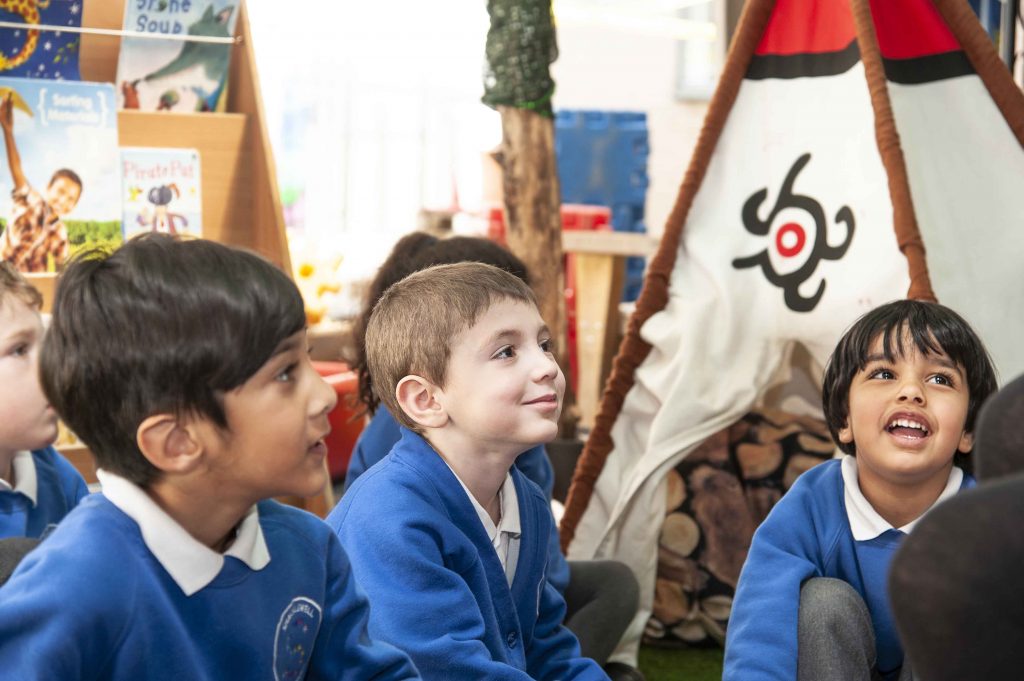
Even if two children are the same age, they’re far from equals in reading. Some, like “Daisy,” lag behind. But with joyful, well-practised phonics lessons, mnemonics, daily reading of matching decodable books, and fluency built through repeated reading, we can fire up the brain’s neural connections and turn any child into a reader who loves reading.
Whoopsy Daisy
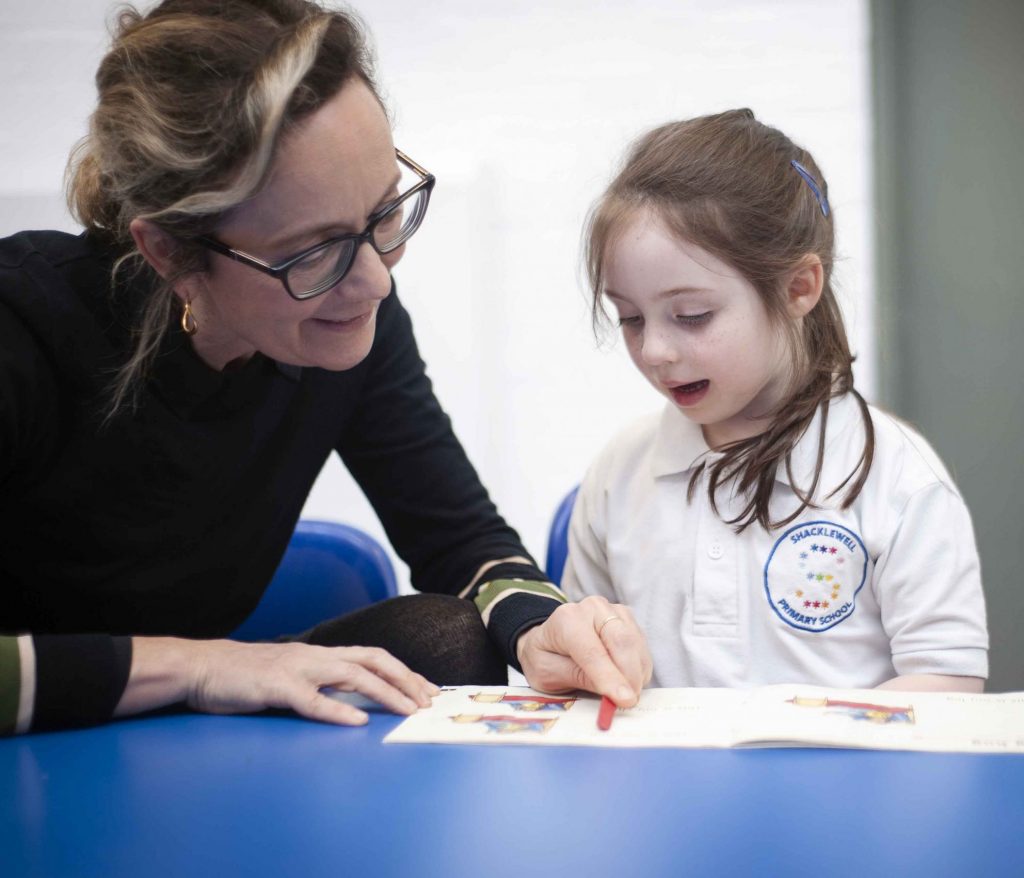
A Year 2 girl named Daisy seemed to hate reading, juggling mismatched banded books and refusing to read at home, until we found her “Goldilocks spot” with a decodable story she could actually read, sparking joy, confidence, and nightly requests for more.
Why book bands block children’s reading progress
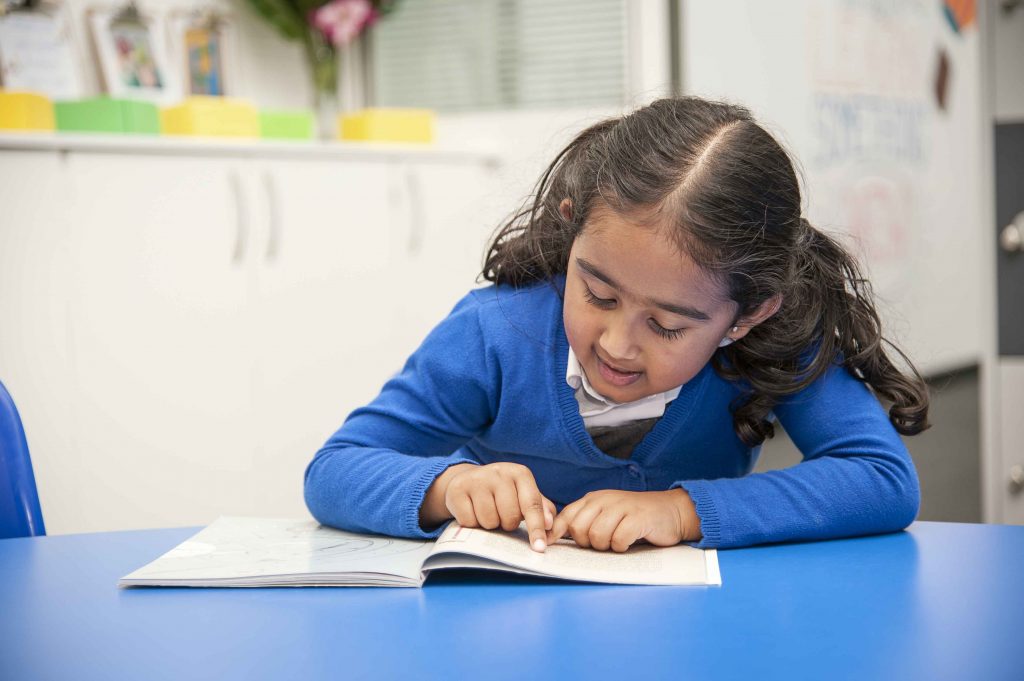
Ruth Miskin explains how book bands confuse parent and teacher judgement, mask true reading ability, and steer children toward guessing rather than decoding, arguing that randomly grouped schemes undermine phonics progress, she urges schools to ditch bands for decodable texts aligned to teaching.
Guest Blog: Should we teach phonemic awareness?
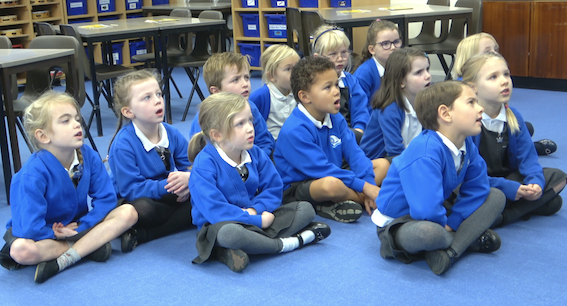
Jennifer Chew highlights that although phonemes zip by at 10–15 per second in everyday speech, true learning comes when we pair phonemic awareness practice with letters, helping children not just hear, but connect, blend, and manipulate sounds in print.
Cursive Handwriting in Reception – or not?

Ruth Miskin argues that formal cursive in Reception is a problem, it distracts from reading and spelling, so instead, children should first master clear print, posture, mnemonics, and simple joins only when writing becomes automatic.
SOS children
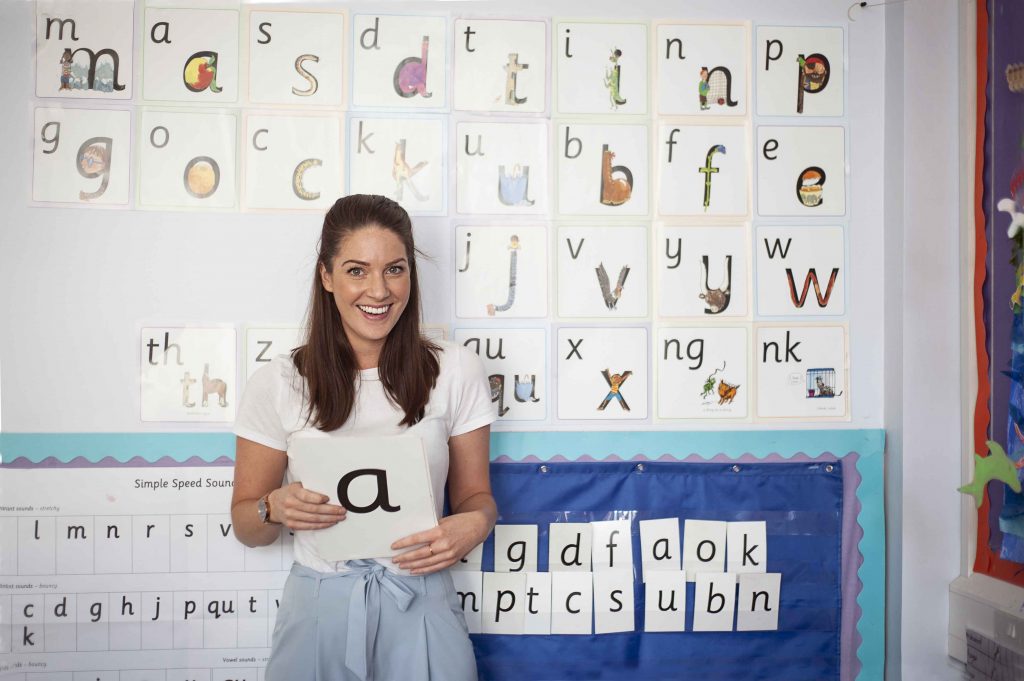
Ruth Miskin shares 10 simple, uplifting rescue steps—from one-to-one practice in a quiet spot to modelling the sound and sprinkling encouragement to re-engage those switched off readers.
Stop with silence
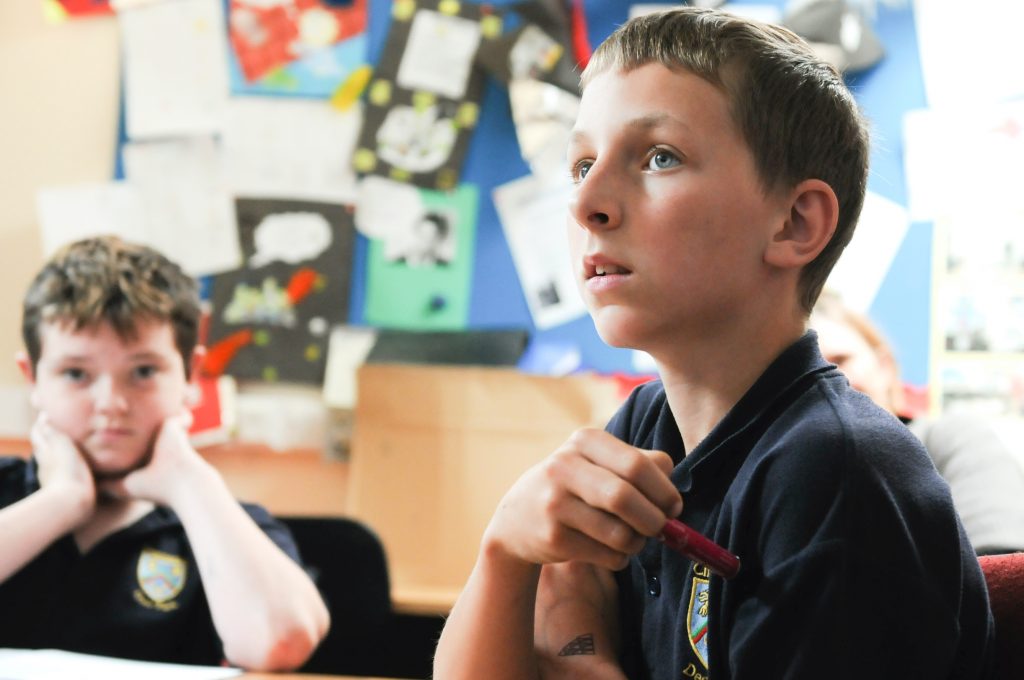
“Team Stop Signal” — where the teacher raises a hand and every child responds by raising theirs, instantly quieting down without shouting, nagging, rhymes, or gimmicks — a calm, consistent method that ensures partner talk works and keeps lessons on track.
Let readers fly
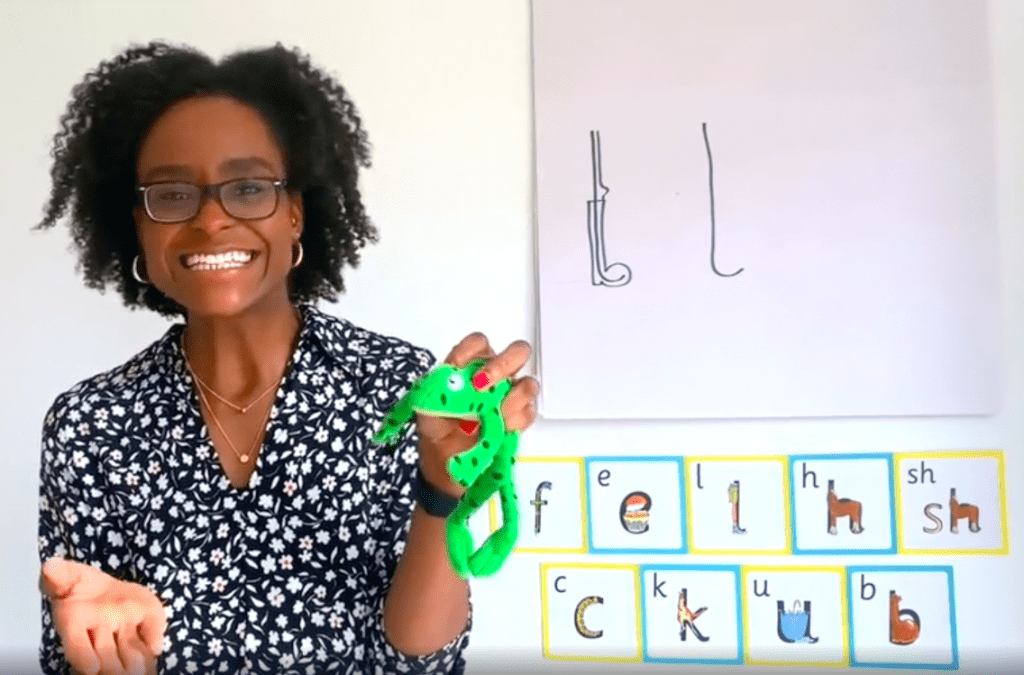
Children’s lifelong outcomes depend heavily on how quickly they learn to read. That’s why Read Write Inc. schools focus on teaching reading fast as this early progression opens up the world of reading and writing.
